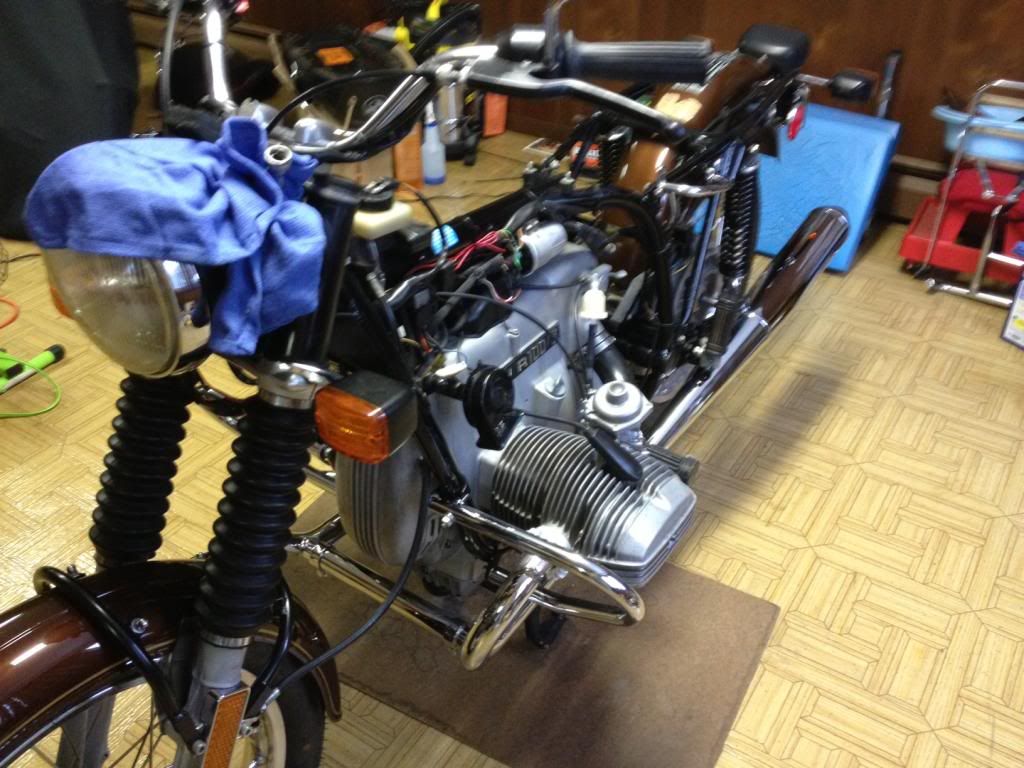Since surgery and the weather are about to lay me/the bike up for the winter here in Northern MN, I'm trying to figure out how to prep for the work I likely have ahead of me.
From reading other winterizing threads, I know that I need to get out tomorrow and do a warm-up run so I can do one last oil/filter change. (If it helps any, I've successfully gotten my '82 Honda CX500 through three winters up here - it's just my first winter with the Beemer.)
However, when it comes to the fuel tank, I'm not sure what to do. I have some wiring gremlins to track down (my horn(s) don't work...), some carb/enricher work to do (the right side is dribbling gas when it's not running, and the bike is pretty hard to start), and I'm planning to replace the fuel lines as well. One way or the other, I think the tank needs to come off, so it needs to be empty. How do I keep anything bad from happening to it while it's empty?
Also, will I be needing any specialized tools to work on the carbs? Favorite places to order parts? Favorite forum threads for advice that's already typed up?
Thanks much.
From reading other winterizing threads, I know that I need to get out tomorrow and do a warm-up run so I can do one last oil/filter change. (If it helps any, I've successfully gotten my '82 Honda CX500 through three winters up here - it's just my first winter with the Beemer.)
However, when it comes to the fuel tank, I'm not sure what to do. I have some wiring gremlins to track down (my horn(s) don't work...), some carb/enricher work to do (the right side is dribbling gas when it's not running, and the bike is pretty hard to start), and I'm planning to replace the fuel lines as well. One way or the other, I think the tank needs to come off, so it needs to be empty. How do I keep anything bad from happening to it while it's empty?
Also, will I be needing any specialized tools to work on the carbs? Favorite places to order parts? Favorite forum threads for advice that's already typed up?
Thanks much.



